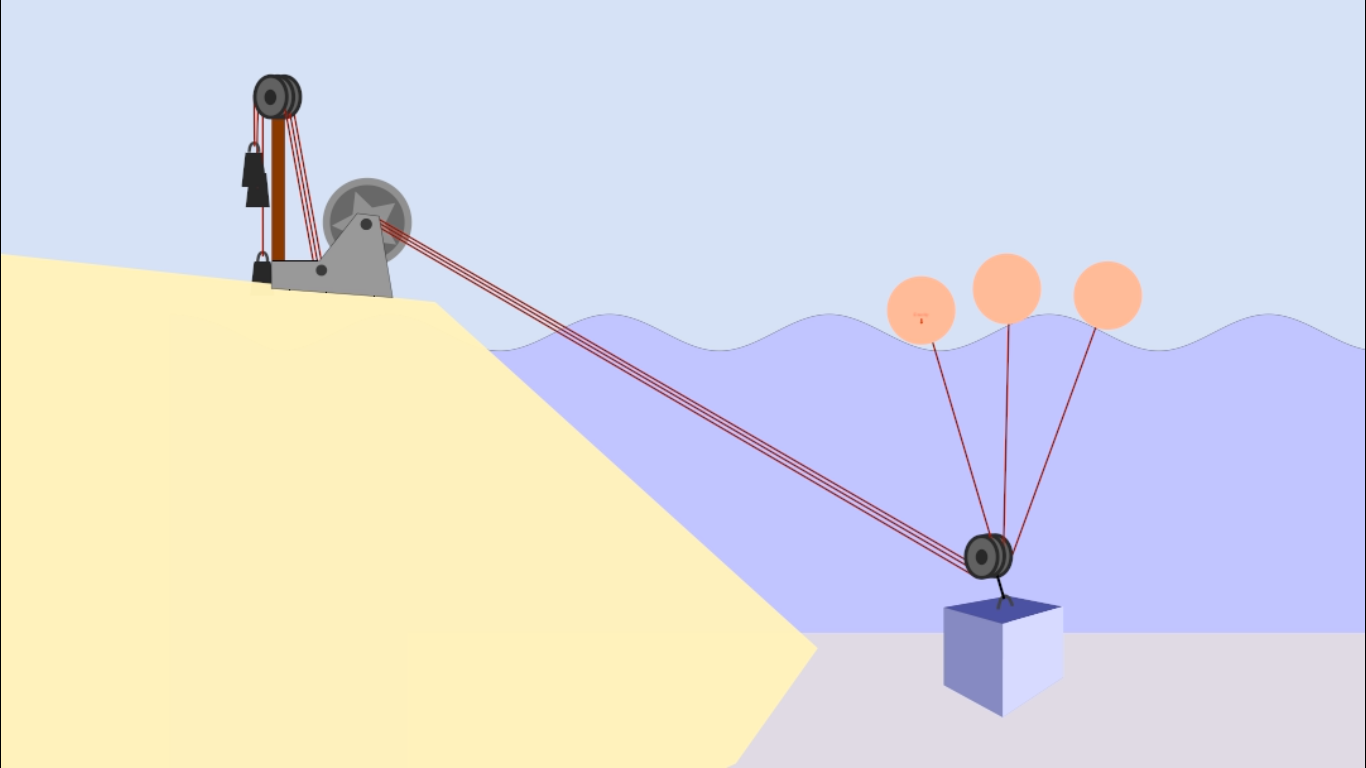In 2006 [1] Stefan Nyström invented the [2] WaveReaper and released his plans online in 2008. This invention used parts of a bicycle to reap energy from the ocean waves. It surprised me that not much has happened since then (and the website is [4] no longer up), so I thought I’d write a little about it.
Context
Electricity generation is one of humanities greatest indirect requirements. It’s used for literally everything:
- Farming
- Hospitals
- Refining Fuel
- Lights
In developing nations, electricity is not generally available, especially in rural areas. Cheap, easy to produce and sustainable energy is something most of the world still needs.
Invention Summary
The WaveReaper is an invention that generates electricity from the motion of the waves on a coastline. It uses barrels which float on the water and produce electricity back on the shore.
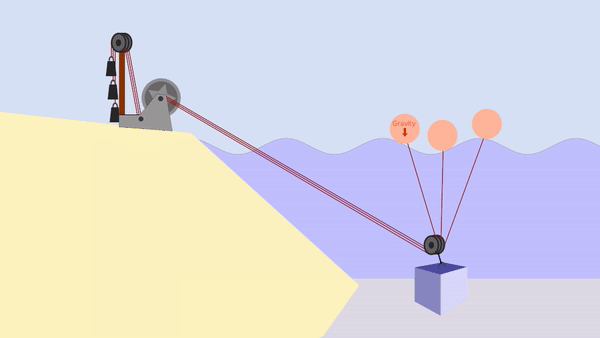
System Design
This system is broken down into 5 main parts which; when combined provide a cheap solution, utilising resources easily obtainable in developing parts of the world.
🔗1. Buoys
The systems reach begins in the water. Buoys are used in the water to provide the force to generate power. Barrels are intended, but actually anything buoyant could be used, as long as it’s buoyant and durable.
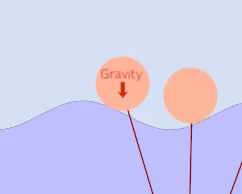
🔗2. Buoy Lines
The buoy’s are connected to buoy-lines which run back to shore. These lines are intended to be strong wires, but non-stretch rope could also be used.
🔗3. Sea Pully
For the system to get the maximum force from the vertical motion of the waves, the pully needs to be located underwater. This means the buoy’s will pull the buoy-lines upward against the pully below. The pully is attached to something heavy in the water and is made from rust resistant materials.
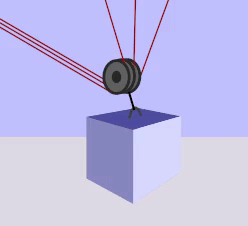
🔗4. Fly Wheel Generator
This is the most complex part of the system and is a axel based generate with a fly wheel to even out the power output. As a buoy floats up and down, it pulls on a one-way bearing which turns the fly wheel for the motor.
🔗5. Slack Weights
The slack-weights are used to recover slack in the buoy-lines when the buoys are sinking in the bottom of waves. Then the buoys can pull up on a wave as the line the one-way bearings allow the slack-weights to pull freely in one-direction and the fly-wheel generator to recover pulls in other direction.
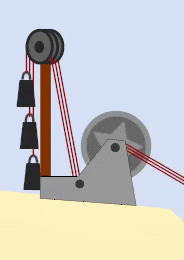
Cost Breakdown
The brilliance of this invention is that all parts can be source from common household items and some old machinery.
| Item | Scavenge |
|---|---|
| 1. Buoys | Anything with buoyancy, bottles, containers |
| 2. Buoy Lines | Rope or greased wire |
| 3.1 Sea Pully | Constructed from wheel barrow wheels |
| 3.2 Sea Anchor | A concrete block or barrel filled with rocks |
| 4.1 Fly Wheel | A heavy wheel, can be source from car wheels |
| 4.2 Electrical Generator | Can be sourced from many machiens including; washing machine, vaccum cleaner |
| 5. Slack Weights | Heavy bits of metal |
Effective Placement
There’s many parts of the world, which could utilise wave energy. But wave power has been measured and is on average most effective further away from the equator.
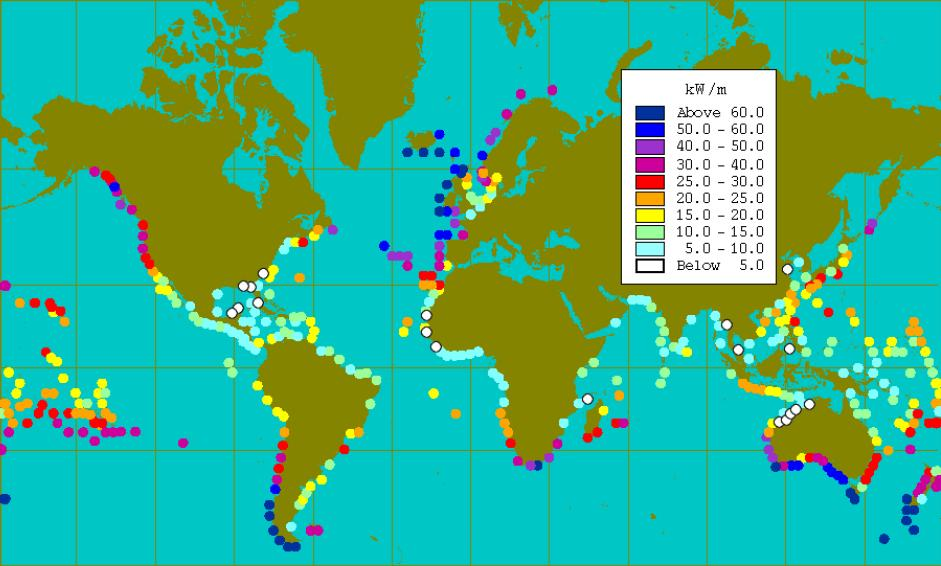
[3] Wave Energy Visualized
Advantages
There are many advantages of using this invention to generate electricity:
- Wave energy doesn’t directly depend on sunlight/wind. Therefore it can potentially generate electricity 24/7
- It’s simple design, allows easier procurement and maintenance.
- The one-way bearings can be sourced on any bicycle.
- The spindle-driven generator can easily be extracted from many existing electrical machines like a vacuum cleaner.
- Can incrementally increase power, by adding more buoys.
Disadvantages
There are a few disadvantages which should also be considered:
- Having an exposed oscillating line heading out into the waves could be problematic.
- There may be negative environmental effects on having this in the water.
- Rust and corrosion is an ongoing problem
- Steady power is not guaranteed.
Conclusion
Personally, I think this is a great invention. It solves the problem effectively and components are easily sourced, making it an ideal way to generate power in developing countries.
What are your thoughts on the invention?
References
[1] Article:WaveReaper and Stefan Nystrom, https://peswiki.com/article:wavereaper-and-stefan-nystrom
[2] Directory:WaveReaper, https://peswiki.com/directory:wavereaper
[3] Boehlert, G., Gregory R. McMurray and C. E. Tortorici. “Ecological effects of wave energy development in the Pacific Northwest : a scientific workshop, October 11-12, 2007.” (2008).
[4] Original Wave Reaper Website, https://web.archive.org/web/20200220070700/http://circuminvent.com:80/wavereaper/
